Experiments generate quantum entanglement over optical fibres across three real cities, marking progress towards networks that could have revolutionary applications.
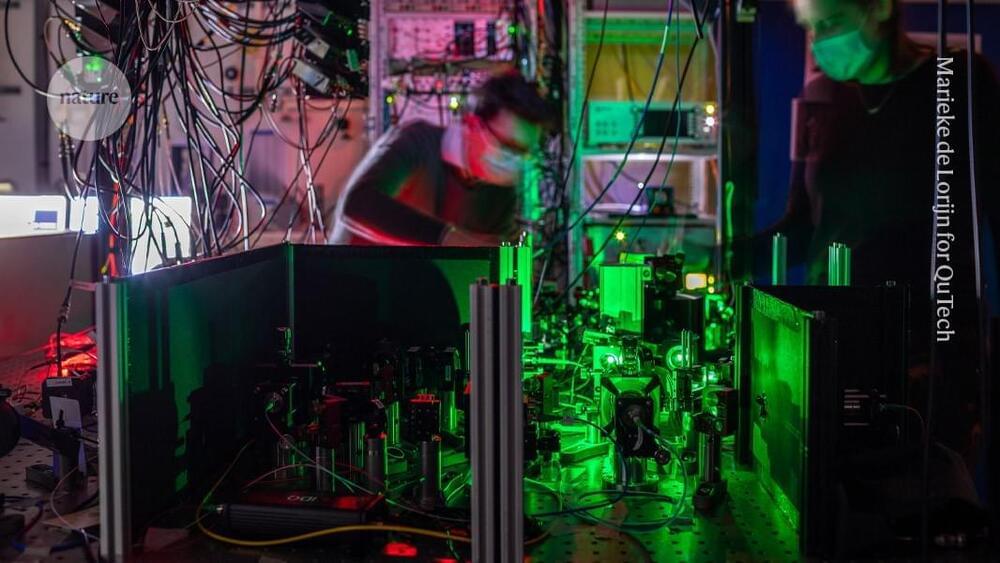



Humans are arguably the most peculiar species that has ever existed.
Acknowledging the unique aspects of human evolution underscores our extraordinary place in the grander scheme—a species with one foot in the natural world and the other in a realm of conscious self-awareness and purpose. This dual heritage suggests„.
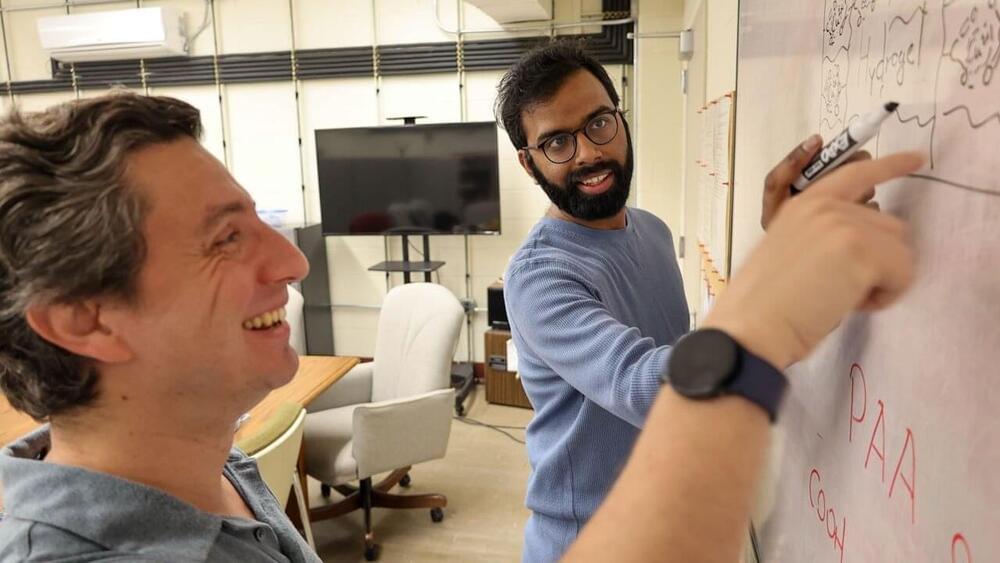
In a May 15 paper released in the journal Physical Review Letters, Virginia Tech physicists revealed a microscopic phenomenon that could greatly improve the performance of soft devices, such as agile flexible robots or microscopic capsules for drug delivery.
The paper, written by doctoral candidate Chinmay Katke, assistant professor C. Nadir Kaplan, and co-author Peter A. Korevaar from Radboud University in the Netherlands, proposes a new physical mechanism that could speed up the expansion and contraction of hydrogels. For one thing, this opens up the possibility for hydrogels to replace rubber-based materials used to make flexible robots—enabling these fabricated materials to perhaps move with a speed and dexterity close to that of human hands.
Soft robots are already being used in manufacturing, where a hand-like device is programmed to grab an item from a conveyer belt—picture a hot dog or piece of soap—and place it in a container to be packaged. But the ones in use now lean on hydraulics or pneumatics to change the shape of the “hand” to pick up the item.

A “flying car” took to the air in Tokyo for the first time on Friday during an international event showcasing cutting-edge technology.
About 500 spectators applauded as the vehicle hovered around 10 meters off the ground in a parking lot outside the Tokyo Big Sight convention center in the capital’s Koto Ward for SusHi Tech Tokyo 2024.
Flying vehicles are expected to become part of the next generation of human transportation and will be effective in dealing with traffic congestion and delivering supplies to disaster areas, the Tokyo metropolitan government and other organizers said.

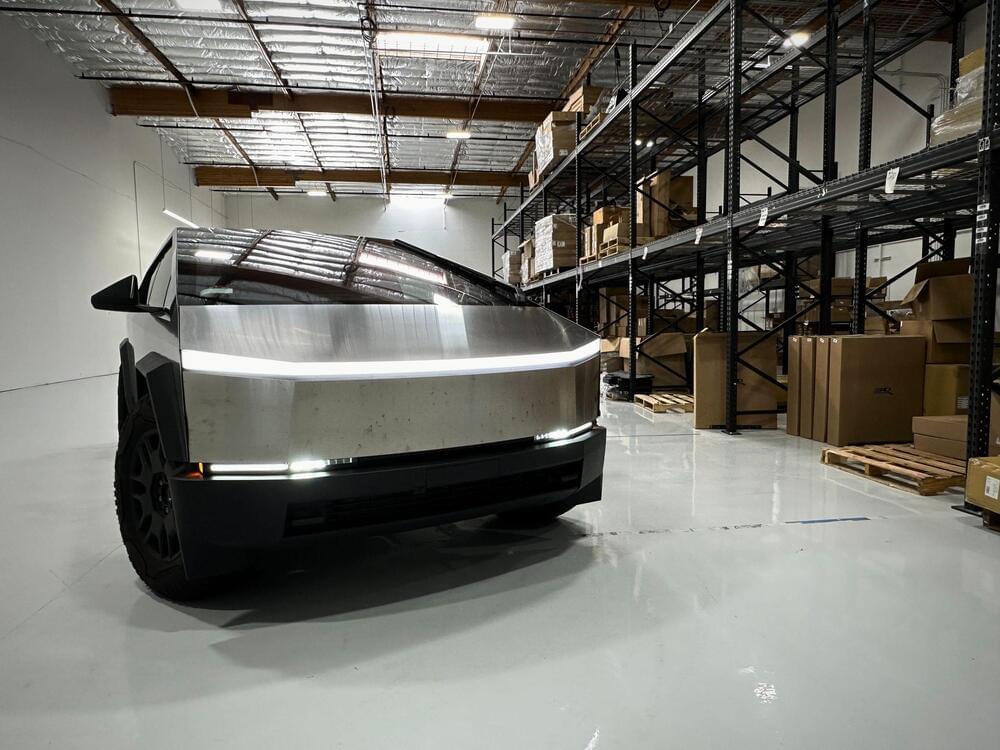

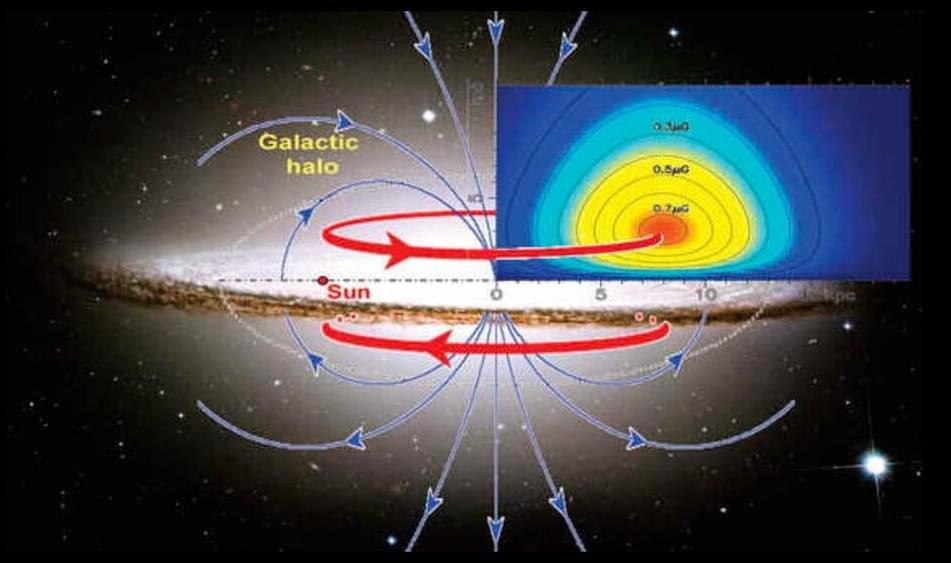
The discovery could help better understand the origin and evolution of magnetic fields in the cosmos, a mystery that has baffled astronomers for decades.
Related: Scientists reveal never-before-seen map of the Milky Way’s central engine (image)
The new study was led by National Astronomical Observatories of the Chinese Academy of Sciences (NAOC) scientists Xu Jun and Han Jinlin.
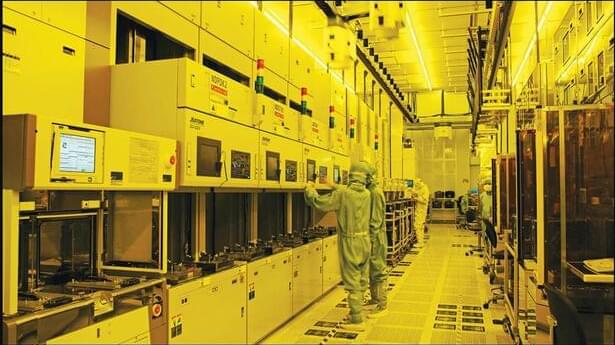
It’s unclear what customers or applications might be earmarked for this node, but it’s possible it could be dedicated to IoT and other consumer devices that need to sip power. Typically, these applications use legacy nodes as it would be too expensive to use advanced processes for inexpensive devices, but TSMC is planning for the future since this effort won’t be realized until 2029 or so.
TSMC’s Dr. Kevin Zhang, senior vice president of business development and overseas Operations, says the company has already started building Greenfield, but he didn’t indicate where it’s located. He says the rapid deployment of the Greenfield fab is the first time the company has essentially skipped what we assume is a lengthy review process and put shovels in dirt already.
According to Zhang, TSMC’s move is part of its larger effort to build some resiliency into its global supply chain. That resiliency will be achieved both by building fabs outside of Taiwan and increasing capacity for nodes it thinks will be in demand in the future. Anandtech notes the company’s most advanced low-power node is currently N6e, which is a 6nm/7nm node that uses between 0.4V and 0.9V. For N4e, the company is reportedly looking to drop that all the way down to 0.4V, but it didn’t offer any additional details about its performance or attributes at the symposium.